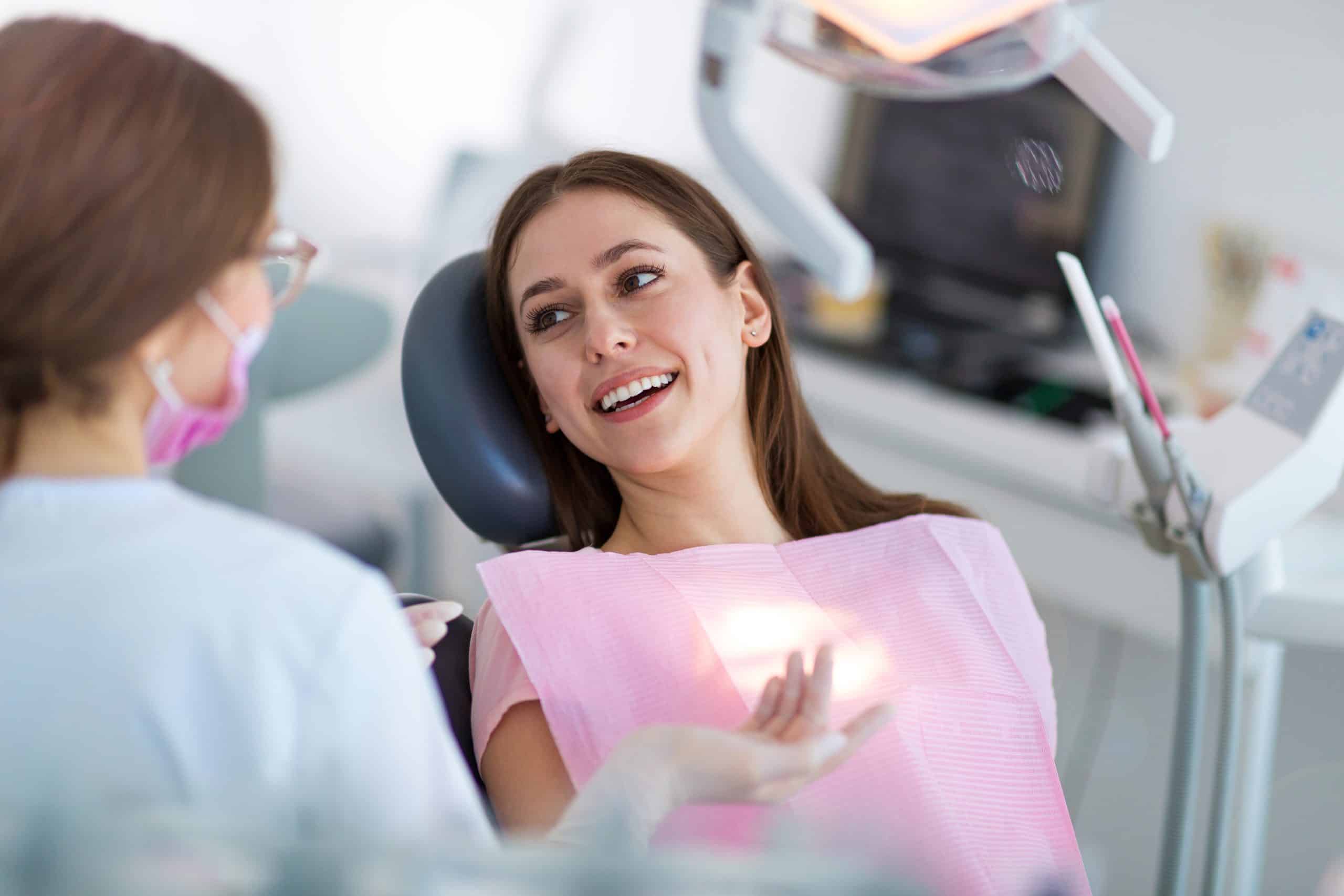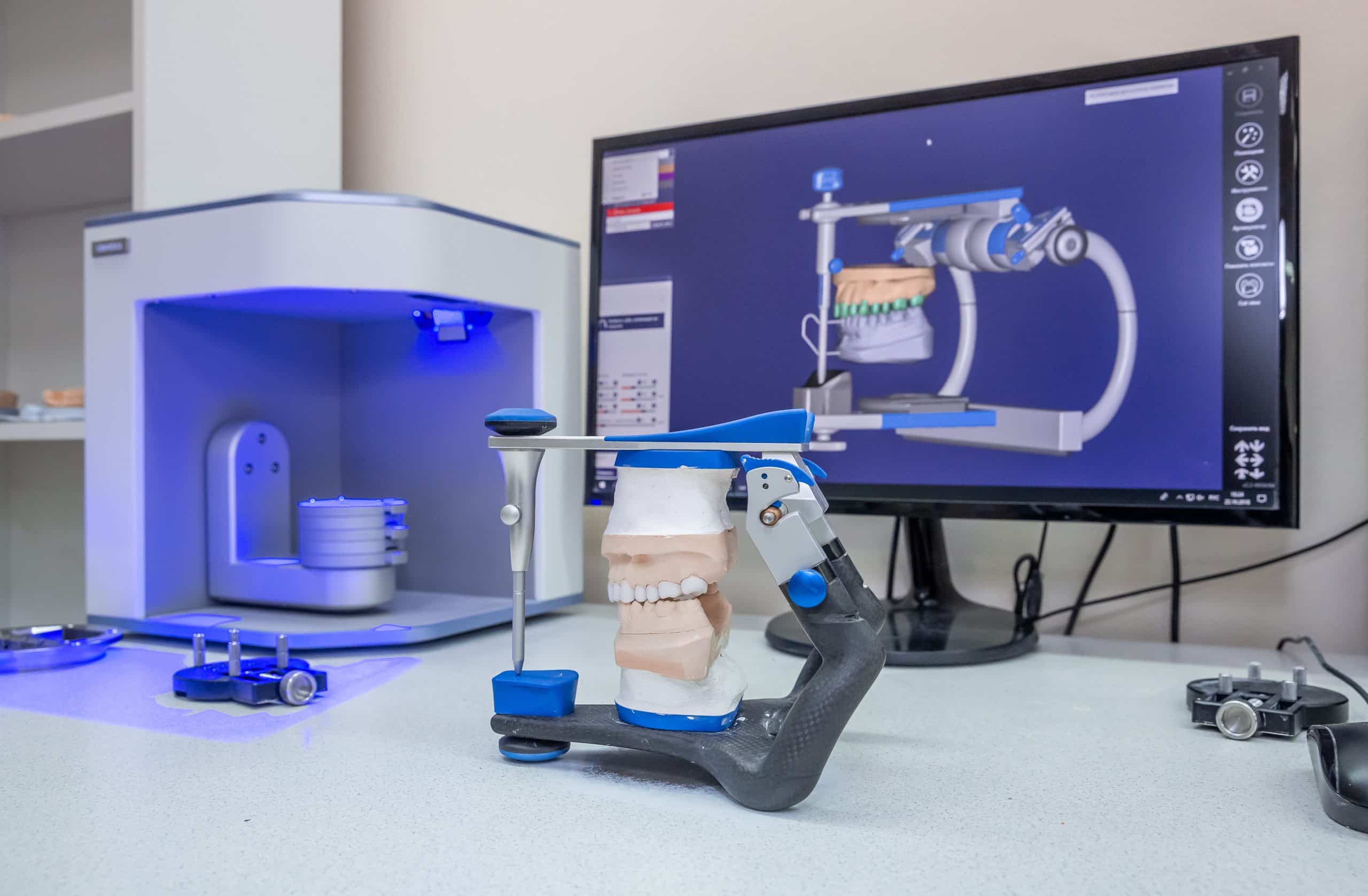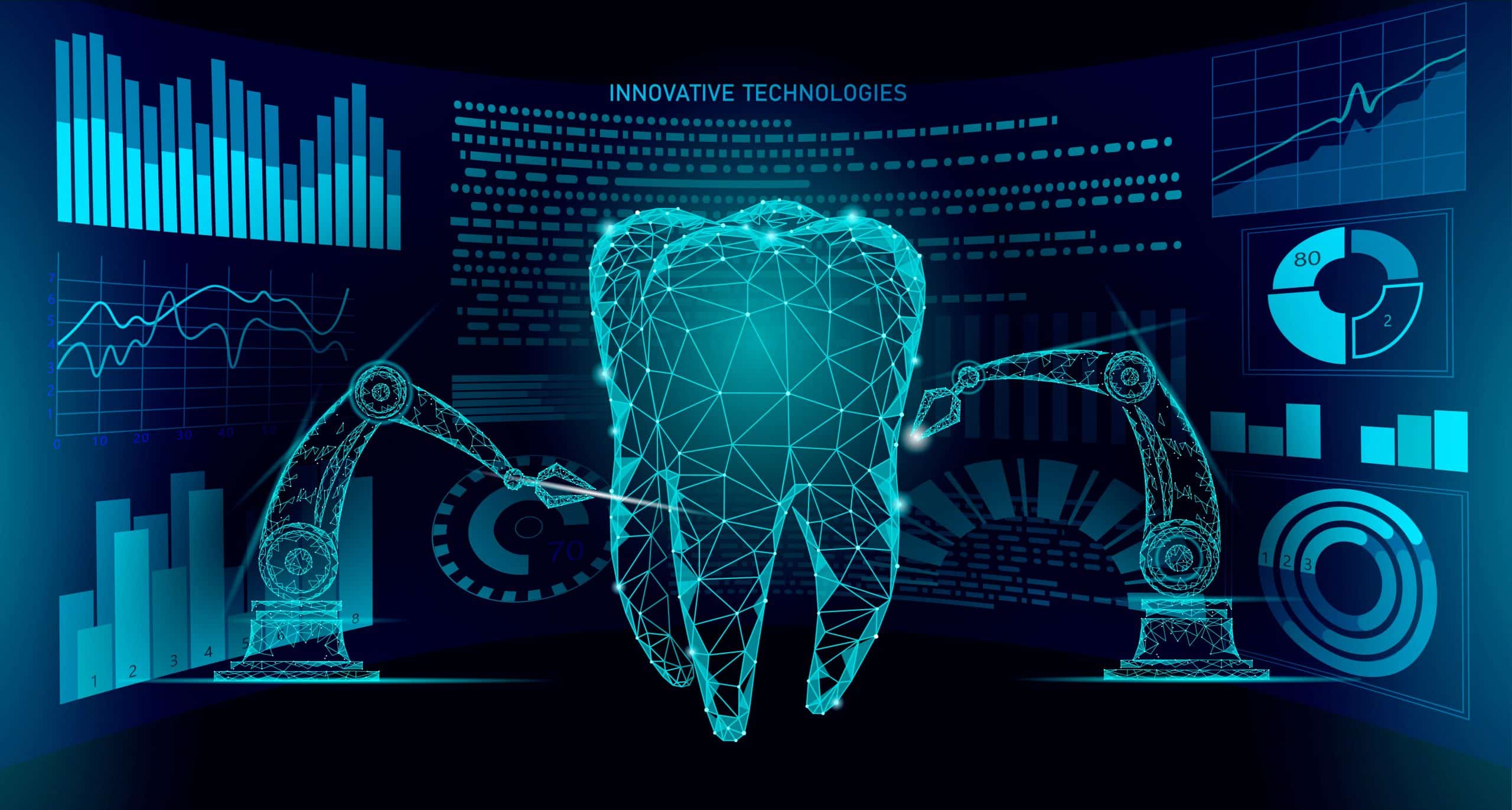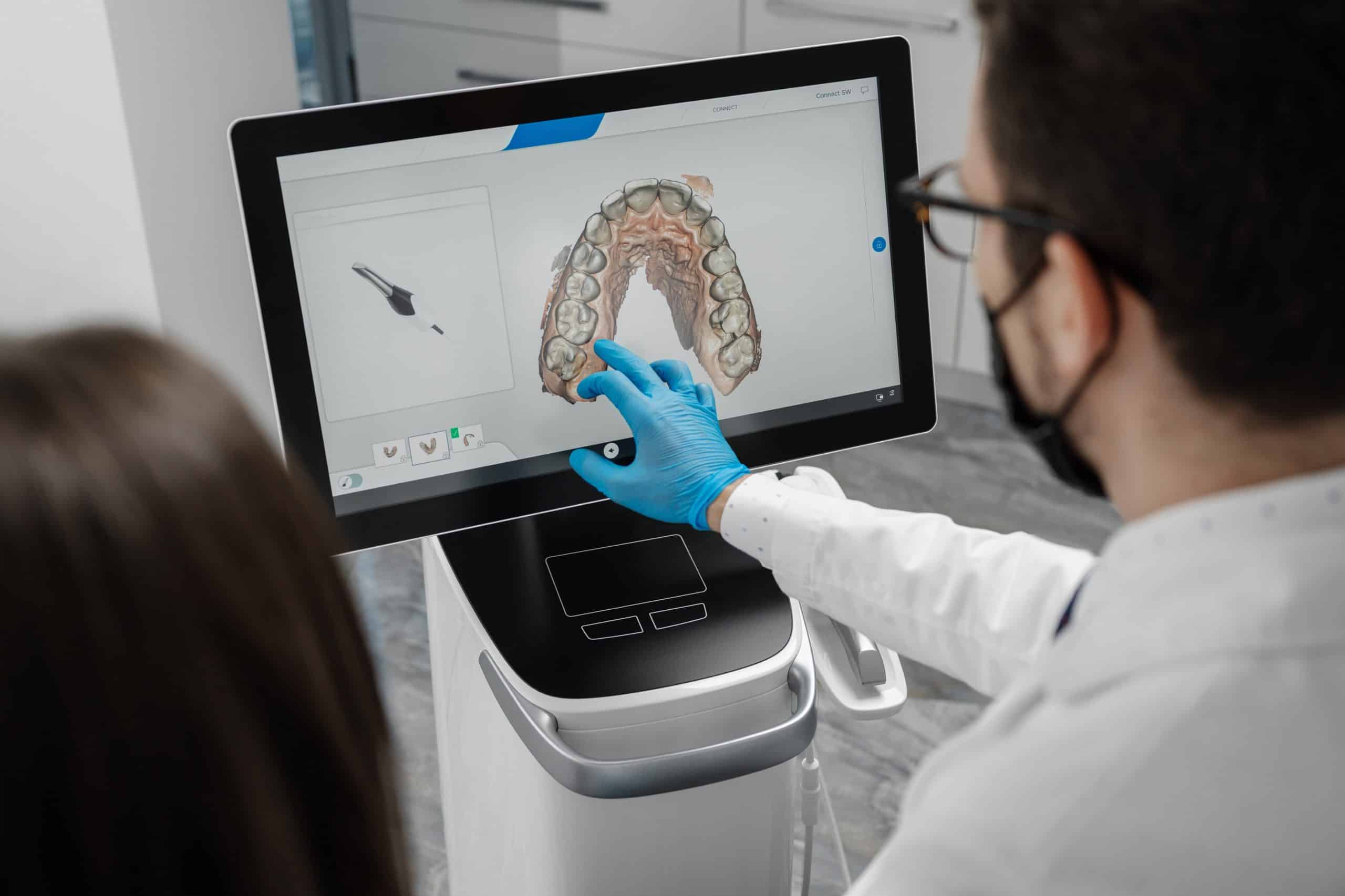Dentistry has been around for thousands of years, but it has undergone a technical revolution over the past 20 years. Dentists now have access to technologies that were once considered science fiction.
From digital x-rays and 3D printing to lasers and robotic dentistry, the field of dentistry is no longer limited by the human body’s natural limitations. This article will explore some of these revolutionary advances in dental technology that are helping people achieve healthy smiles

Digital x-rays
Digital x-rays are more advanced, safer, and more accurate than using old x-ray films. The digital camera takes high-resolution images of your teeth and jaw, which can be reviewed on a computer screen by the dentist or hygienist within minutes.
This allows them to see any problems in your mouth, even if they’re not visible during regular exams. Digital x-rays also allow you to view your images at home so that you can monitor the progress of treatment plans over time.
They are faster to view the results than traditional film x-rays, which means you aren’t waiting for an extended time in the dental chair waiting for the dentist to review the results.
Digital x-rays are safer than traditional x-rays too. That’s because there is no need for film or chemicals like with traditional x-rays and no fumes are being released into the air while taking them.
There’s less chance of exposure to harmful radiation levels because they’re taken digitally instead of using film and that makes them safer when compared to traditional x-rays!
3D printing
3D printing is a process of making a three-dimensional object from a digital model. It involves melting and fusing plastic, metal, or other materials to create complex shapes.
3D printing can be used to make dental crowns, bridges, and dentures by using CAD/CAM software that simulates the patient’s mouth and teeth. The computer then creates an accurate model for the dentist to use as a reference when designing the custom-fit prosthesis for each patient.
This allows the dentist to make these accessories on-site rather than send them off for manufacturing. That means you can get your crown, dentures, or bridges installed on the same visit rather than coming back in three weeks after they’ve been mailed back.
Getting all the work done in one visit is a big deal for some people who have severe teeth problems such as missing teeth, those waiting on dentures to have teeth, or those who have transportation issues.

Dental lasers
Dental lasers can be used to remove plaque and tartar buildup on teeth, as well as treat cavities and toothaches.
In addition to being used in dentistry, lasers are also used in the treatment of gum disease. Dentists may use lasers to treat periodontal disease, which is a severe infection that affects the gums around your teeth.
Lasers are also used to treat oral cancer because they can target tumors more precisely than traditional methods such as scalpel surgery or radiation therapy. Lasers have even been shown to be effective against TMJ (temporomandibular joint) syndrome, which is an illness caused by a misalignment between your jaw joints, as well as other types of facial pain like trigeminal neuralgia (TN).
Robotic dentistry
Robotic dentistry has been around for a few years now, but it’s still relatively new to the dental industry. Dentists are using robotic technology to perform procedures that would otherwise be difficult or impossible for them to complete manually.
The use of robotics allows dentists to perform more complex procedures than they couldn’t otherwise achieve through traditional methods. These types of procedures are used for things like repairing full arch replacements or restoring severely damaged teeth.
This opens up new treatments for those who previously couldn’t get them as well as reduces the need to refer patients to specialists who can perform more complex surgeries.
Robotic dentistry can be used to treat patients with oral cancer, severe gum disease, and other serious health conditions that require extensive surgery or removal of large amounts of bone tissue.

Technology improves both dental care and access.
Technology has vastly improved the field of dentistry. The use of digital x-rays and 3D printing are two major technological advancements that have greatly benefitted patients, dentists, and insurance companies alike.
The use of digital x-rays has allowed for more accurate diagnosis, treatment planning, and communication between dentist and patient, as well as improving patient comfort during procedures.
An individual’s dental records can now be stored in one location either online or on a computer rather than having multiple copies scattered around town or at different offices. This lessens the time for dentists to obtain past records and eliminates confusion. This means there is less chance of miscommunication between doctors when treating patients with similar needs or issues!
Another benefit of using this technology includes faster treatment times because there is less waiting involved when reviewing images on a screen instead having them printed out manually first before showing them to the dentist.
X-ray evaluations used to take several days back in 1995 when I started working here at our practice. Faster results mean better patient care.
Dentistry is a field full of technological advancements. Digital X-rays and 3D printing are just some of the latest in a long line of innovations, including dental lasers and robotic dentistry.
These advancements have made it possible for patients to receive better care from their dentists than ever before, allowing them to enjoy healthier smiles and avoid costly cosmetic procedures in the future.
Poor Hygiene Habits
Many people get offended when a dentist suggests they can improve their oral hygiene habits. People associate bad oral hygiene with the uneducated, perhaps living in poverty or on the streets. You should look at the subject with fresh eyes to improve oral hygiene habits.
While most people brush their teeth the recommended twice a day, some don’t use proper toothbrushes that work well or maybe use a cheaper toothpaste that isn’t approved by the American Dental Association. After all, everyone wants to save money and some don’t see a difference in these products.
However, using a good high-quality toothbrush and a well-recognized toothpaste can help protect your teeth. The toothbrush should be able to reach into most areas of your mouth and have a soft bristle. The toothpaste should have fluoride.
People often make the mistake of quickly brushing their teeth because they are on the go but you should take more time with it. Make sure to brush all areas of the mouth in a circular motion and along the gumline.
Follow up your teeth brushing with flossing and then rinse out your mouth with a good bacteria-fighting mouth rinse. This will go a long way to preventing plaque and tartar.
The main area of oral hygiene problems is in making and keeping regular dental appointments. Everyone should visit their dentist twice a year for an exam and teeth cleaning. This is important to oral health but many don’t see it that way. They see dental care as a luxury or something extra in their medical habits they do if they get time and money.
Then, there’s the additional problem of access to quality dental care. There are a lot of people who don’t have dental insurance as part of a benefit plan or whose co-payments are so high they decide it isn’t worth the effort. This means fewer dental visits and that can lead to more oral diseases as time goes on.
There are always ways all of us can improve our oral health. Eating more nutritious foods that you cook instead of getting processed foods, stopping some bad habits, and going to the dentist regularly will help maintain your oral health.

